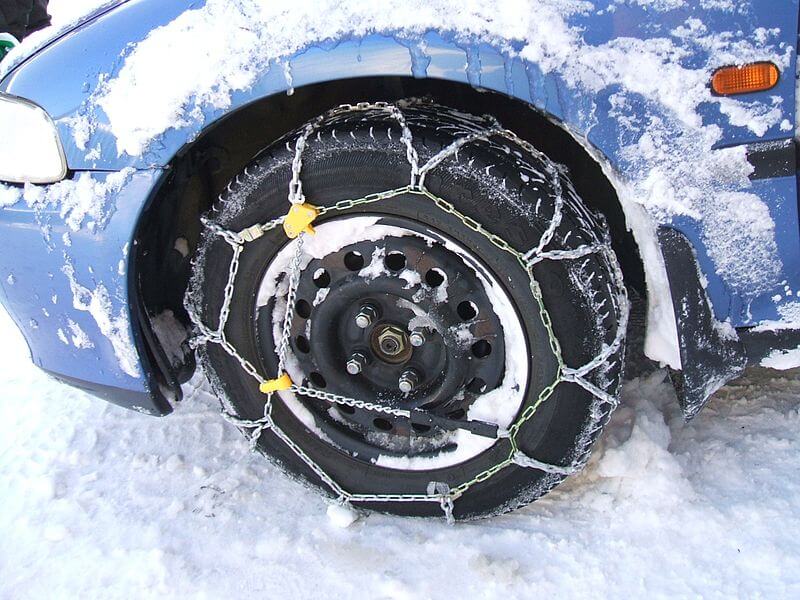- Winter can be hard on cars and challenging for drivers. Whether you’re planning a weekend trip to the mountains or a road trip to visit relatives, the following tips are crucial to keeping you and your family safe and your vehicle running at maximum performance.
- Check your owner’s manual and make sure your vehicle is up to date on its recommended maintenance schedule including changing the engine oil and filter, and checking the coolant, brake, automatic transmission, windshield wiper, and steering fluid levels.
- Carry tire chains if you’re driving in the mountains or foothills with the possibility of encountering snow.
- Check your vehicle’s antifreeze/coolant level if traveling in freezing weather to make sure it will provide adequate freeze protection. A quality repair shop has a tool that can check the antifreeze/coolant.
- Pack a winter safety kit and keep it in the trunk of your car. Items should include:- Battery jumper cables
– Large flashlight and extra batteries
– Basic first aid supplies
– Extra blanket and warm clothing
– Battery-powered radio with spare batteries
– Tool kit (screwdriver, pliers, adjustable wrench)
– Bottled water and non-perishable food
– Highway safety flares in good condition
– Windshield ice scraper - Check your car’s battery and battery cables for corrosion, cracks, and dirt. Corrosion and loose cables can affect the battery’s performance.
- Have the brake system, including pads and linings, checked by a licensed adjuster. Click here to find a licensed brake station in your area.
- Check your car’s interior and exterior lights, including turn signals, brake lights, and high beams, to make sure they work. Clean the lenses to get maximum visibility.
- Inspect the hoses and belts for cracks, soft spots, or bulges. If you suspect a problem, a licensed repair facility can make the necessary repairs.
- Test the heater/defroster system to make sure it is working properly.
- Check tires for excessive wear, including the spare. Regularly check the air pressure in all tires. Have your tires rotated at the manufacturer’s recommended intervals.
- Change the wiper blades if worn or cracked and refill the wiper fluid. Do not replace wiper fluid with water.
- Carry a cell phone for emergencies and make sure it’s fully charged.
Sound familiar? Many of these tips are the maintenance procedures you should be following all year long. Read your owner’s manual and follow the manufacturer’s recommended maintenance schedule for your vehicle. Don’t forget to verify a repair shop’s license before seeking any repairs or maintenance services.

Leave a Reply